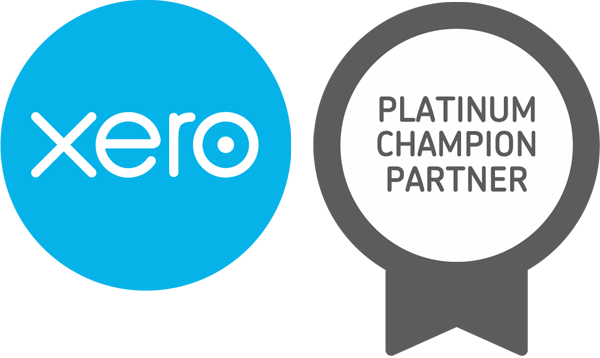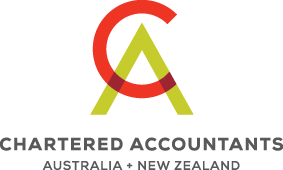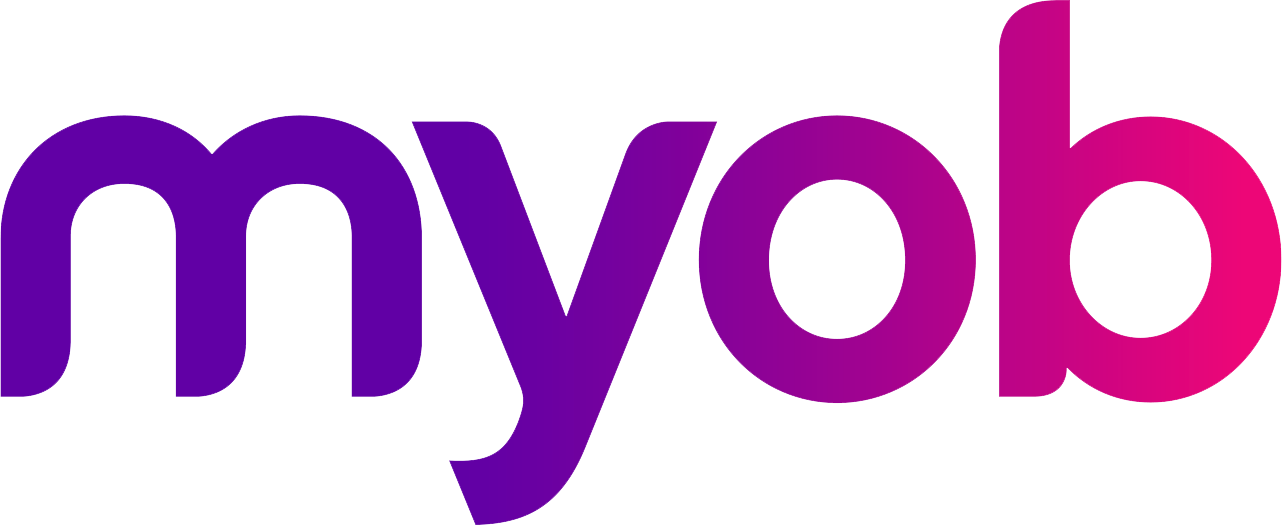HOW TAX WORKS IN AUSTRALIA’S SUPERANNUATION SYSTEM
Australia’s super system plays a vital role in ensuring financial security for individuals in retirement. However, how superannuation is taxed can appear complex.
In Australia, superannuation is taxed at three main points: contributions, investment earnings and withdrawals. This structure is known as a TTE (taxed, taxed, exempt) system: contributions to the superannuation fund are taxed and the investment earnings within the fund are also taxed, but withdrawals made during retirement are generally exempt from tax. That is, in Australia’s system:
- Contributions, including those made by employers under the super guarantee (SG) and voluntary concessional contributions, are taxed at a concessional rate of 15%. This is lower than the rates that apply to most other forms of income, providing a tax advantage.
- Earnings generated from fund investments during the accumulation phase are also taxed at a flat rate of 15%. This is beneficial because it’s lower than the tax rates that typically apply to investment income earned outside of superannuation.
- Withdrawals made during retirement are generally tax-free. This is intended to enhance the appeal of building super savings over your working life, ensuring you have a tax-effective income stream in retirement.
Call us today to discuss your superannuation with one of our experts 03 5571 0111









